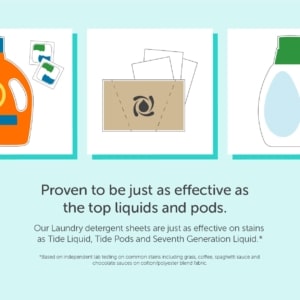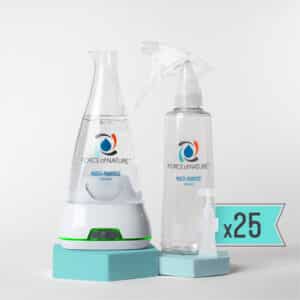
What are parabens?
Parabens are preservatives and anti-microbials that are commonly used in cosmetics, personal care products and some foods [2]. They are added to personal care and cosmetics to stop fungus and bacteria from growing in liquids, lotions and creams, as well as to extend the shelf life of these products.
What products are parabens in?
Parabens are preservatives that are synthetically produced for their use in cosmetics, food products, and personal care products like shampoos and baby shampoos, conditioners, hair styling products, foundation make-up, facial masks, shaving creams, lotions and moisturizers and deodorants [1] [2]. Foods like baked goods, jams, jellies, syrups, and beverages may also contain parabens.
How to tell if a product has parabens
Ingredient names that contain the word “paraben” contain paraben. Examples include: methyl paraben, propylparaben, ethylparaben, and butylparaben.
Risks associates with parabens
The CDC has detected parabens in almost all Americans tested. They are linked to a multitude of health risks including cancer, endocrine disruption, reproductive toxicity, neurotoxicity and skin irritation [1]. The European Commission’s Scientific Committee on Consumer Products claims that longer-chain parabens may disrupt the reproductive and endocrine systems causing reproductive and developmental disorders [1]. Other health issues caused by parabens include:
- Neurotoxicity
- Immunotoxicity
- Reproductive toxicitiy
- Hormonal imbalance [1] [3]
How to avoid parabens
To avoid parabens, avoid products with ingredients ending in -paraben, even so-called “natural” products. Also avoid paraben substitutes like methylisothiazolinone and methylchloroisothiazolinone. In personal care and cosmetic products, do your own research on a product’s ingredients by using a resource such as the Environmental Working Group’s Skin Deep product database. Always read processed food product labels. Choose whole, certified organic foods that that have not been processed and do not contain synthetic ingredients [1].
References
[1] Healthy Child Healthy World (2013). Use precautions with parabens. Available online: http://www.healthychild.org/easy-steps/use-precaution-with-parabens/ December 8, 2014.
[2] CDC (2013). Biomonitoring Summary: Parabens. Available online: http://www.cdc.gov/BIOMONITORING/Parabens_BiomonitoringSummary.html December 8, 2016.
[3] Women’s Voices for the Earth (2016). What’s so bad about antiperspirants? Available online: http://www.womensvoices.org/2016/07/15/underarm-harm-whats-so-bad-about-antiperspirants/ December 8, 2016.



